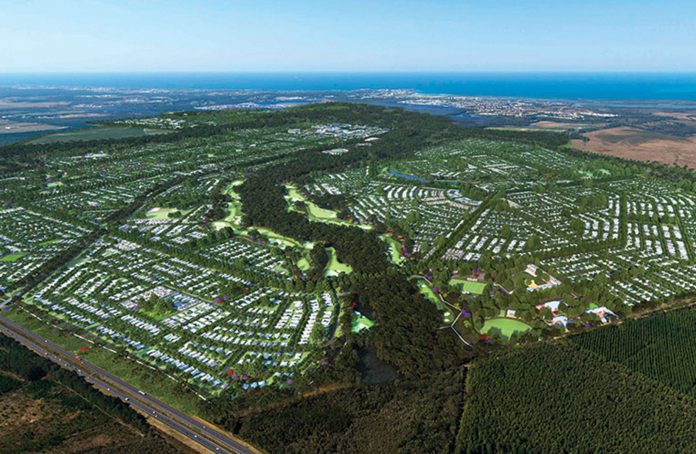The Sunshine Coast and Noosa local government areas will need to build an extra 85,000 homes by 2046 under the draft South East Queensland Regional Plan, which was released this week.
The extra homes will be needed to accommodate a predicted 225,500 more people in the region in that time.
The draft plan, also known as ShapingSEQ, provides guidelines for creating almost 900,000 homes to accommodate 2.2 million new residents across Southeast Queensland by 2046.
Sunshine Coast Mayor Mark Jamieson said on Wednesday that council welcomed the draft as a continuation of the collaborative regional planning model between state and local governments.
“On the Sunshine Coast, we’ll need a further 80,000 homes by 2046. So, the question is how can we meet this challenge to create homes for our growing population and at the same time protect our enviable lifestyle and precious natural environments?” he said.
“Sunshine Coast Council has a strong legacy of planning positively to accommodate projected future population growth.
“Council will review and consider the full content of the plan, but I’m confident that our current and new planning projects will provide significant additional housing supply to meet the updated projection population and dwelling targets.”
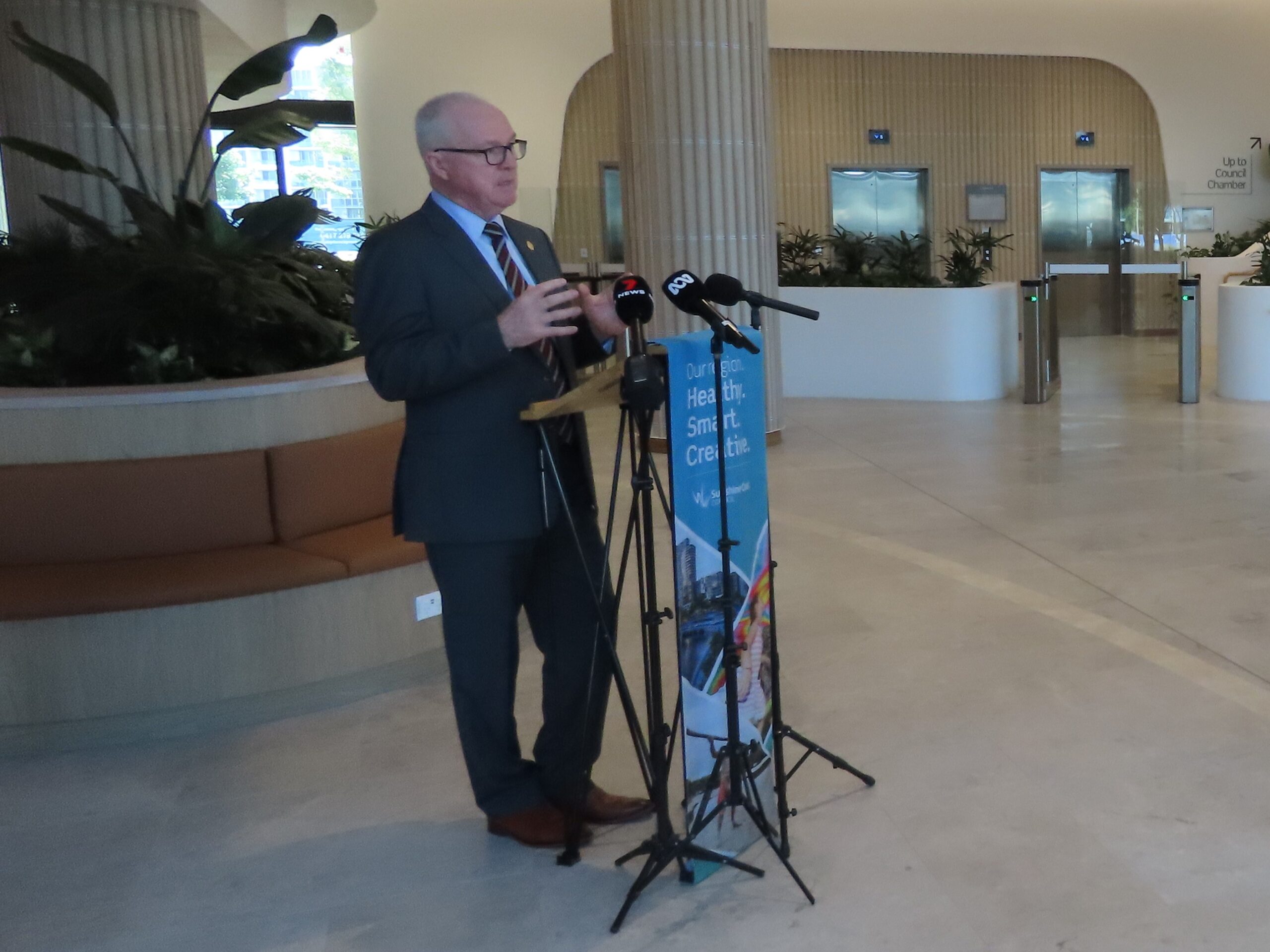
Noosa’s population is predicted to grow by 19,100 to 76,000 people in 2046, up from 56,900 in 2021. This will require a further 4900 homes, taking the total to 33,2000 by 2046 (from 28,300 in 2021).
On the Sunshine Coast, the 2021 population of 346,600 is expected to grow to 553,000 by 2046: an increase of 206,400. This will see a need for 227,800 homes by 2046: an increase of 80,600 from the 2021 total of 147,200.
Noosa Mayor Clare Stewart, meanwhile, has expressed concerns at aspects of the draft plan, particularly the potential for increased building heights of between four and eight storeys in some locations.
“This raises major concerns for Noosa Council, and we will continue to advocate strongly to protect our community’s interests, both to the Minister and Premier directly, as well as through the SEQ Regional Council of Mayors. Residents too can make their individual voices heard,” Cr Stewart said.
“As we understand it, the state expects us to accommodate more than half of the 19,100 population increase – around 10,000 people – in the next two to three years, which is very concerning.
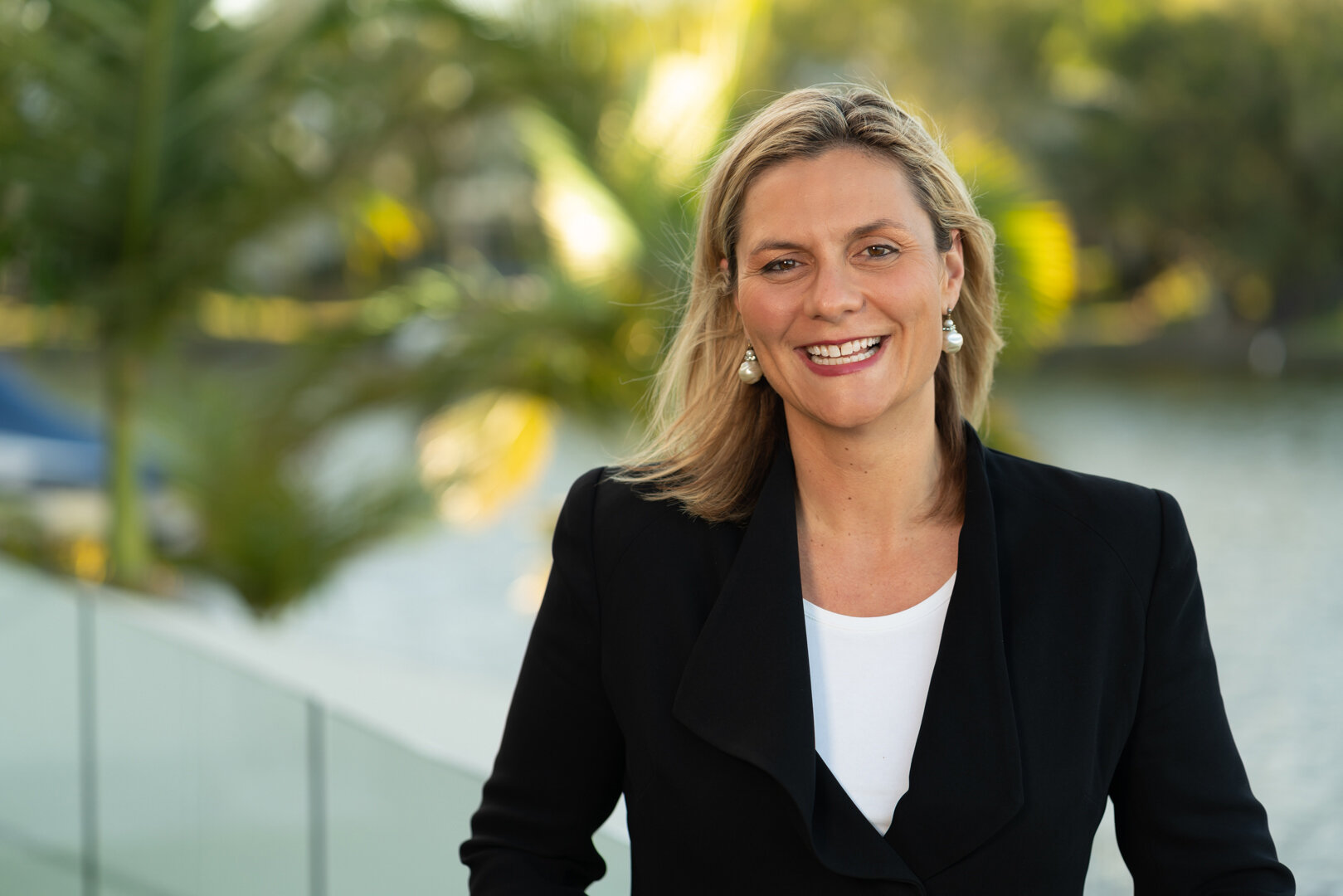
“It’s unrealistic and will place huge strain on our infrastructure, environment and amenity.
“Similarly concerning is the state’s push for a relaxation of building heights to allow apartment buildings between four and eight storeys in some areas.
“If this were to occur, it would greatly impact the character and look and feel of Noosa. What makes us unique is our distinct lack of high-rise structures and this draft plan seemingly undermines something that we hold dear and have fought so long and hard to protect and maintain.”
The draft plan sets a planning direction for all local governments in Southeast Queensland.
On the Sunshine Coast, the key pieces of ‘region-shaping infrastructure’ identified are:
- Direct Sunshine Coast Rail (Beerwah to Caloundra and Maroochydore);
- Sunshine Coast Public Transport Project (Caloundra to Maroochydore CBD);
- Beerburrum to Nambour Rail Upgrade Project; and
- Kawana Motorway.
The report also identifies possible expansion of industrial areas at Yandina, Caloundra and Coolum.
“Urban footprint expansion area at Yandina is an area that will exclusively support employment (industrial) land supply in the sub-region,” it says.
“This area is located south of Yandina-Coolum Road and is well-located for industrial development – adjacent to a highway interchange and is an expansion of existing industrial areas. Residential development is not supported in this area.”
Growth areas are identified as Beerwah East, Caloundra South (Aura) and Palmview (Harmony).
“Of these expansion areas, Caloundra South will accommodate the largest proportion of the sub-region’s planned expansion within the life of ShapingSEQ, while the Beerwah East Major Development Area will provide important residential and industrial land supply within, and beyond, this timeframe,” the report says.
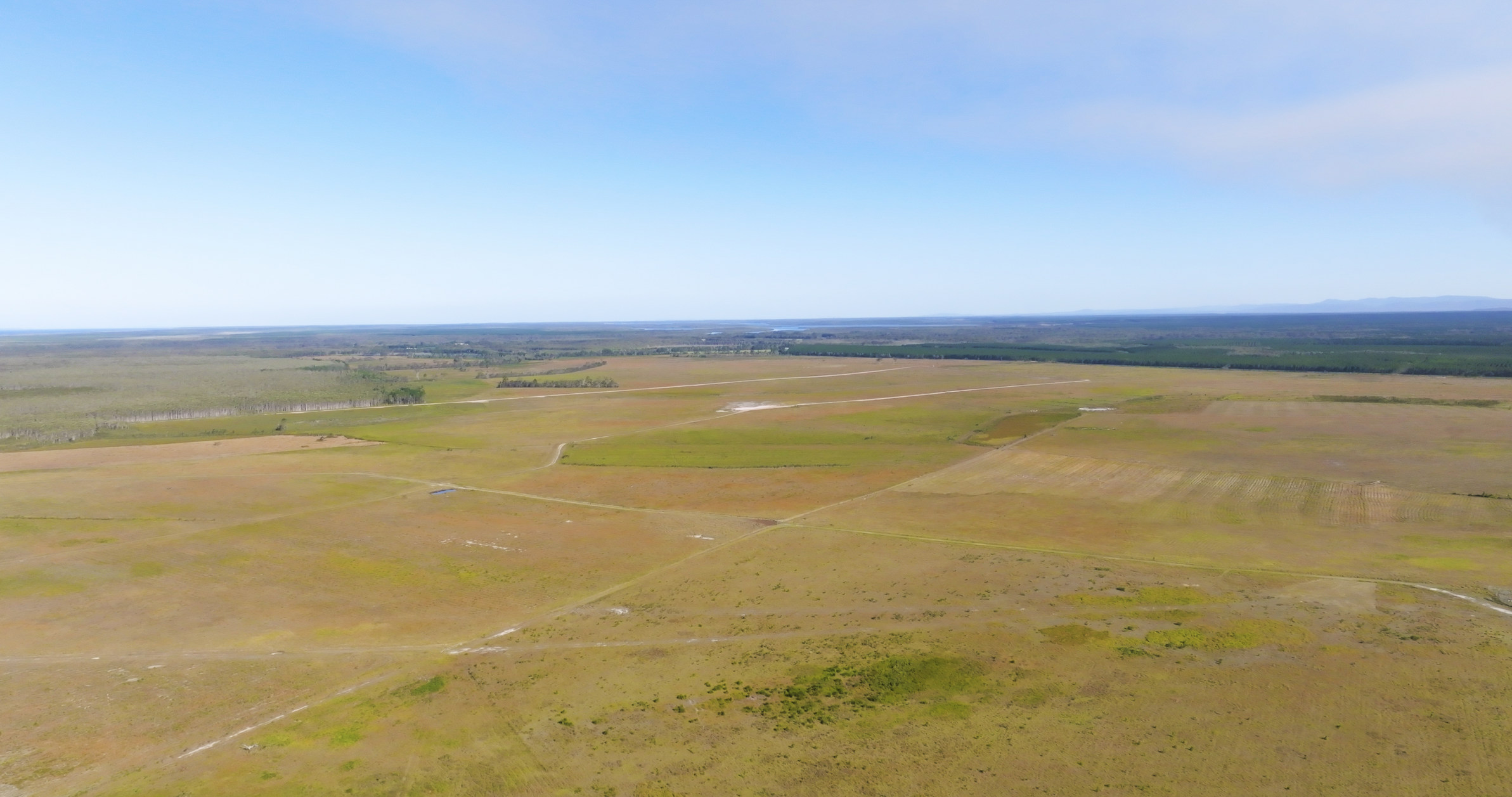
The contentious Halls Creek site is identified as a Potential Future Growth Area.
“Halls Creek is the only PFGA in the Northern sub-region that may be suitable for future urban growth,” the report says.
“The suitability of Halls Creek for urban development has been under investigation for some time and is subject to approval under the EPBC Act. Another consideration for Halls Creek is the timing for delivery of the Beerwah East MDA.
“Following completion of these investigations and assessments, a determination will be made about which parts of Halls Creek are suitable or appropriate to accommodate urban purposes in the future.”
Cr Jamieson, who has been a vocal critic of development at Halls Creek, said the council would continue to oppose any moves to build on the site.
“While I’m pleased to see the designation of Halls Creek as a Potential Future Growth Area has not been upgraded in the current proposed amendments, I remain concerned that the area is identified as suitable for future urban development,” he said.
“I also note there has been some small but consequential changes to the way in which the Regional Inter-urban Break has been depicted that effectively would appear to move its northern boundary further south into Halls Creek.
“Council will be looking closely at these amendments and will continue to advocate strongly for the preservation of the inter-urban break in perpetuity and maintain our position on the unsuitability of Halls Creek for future and development.”
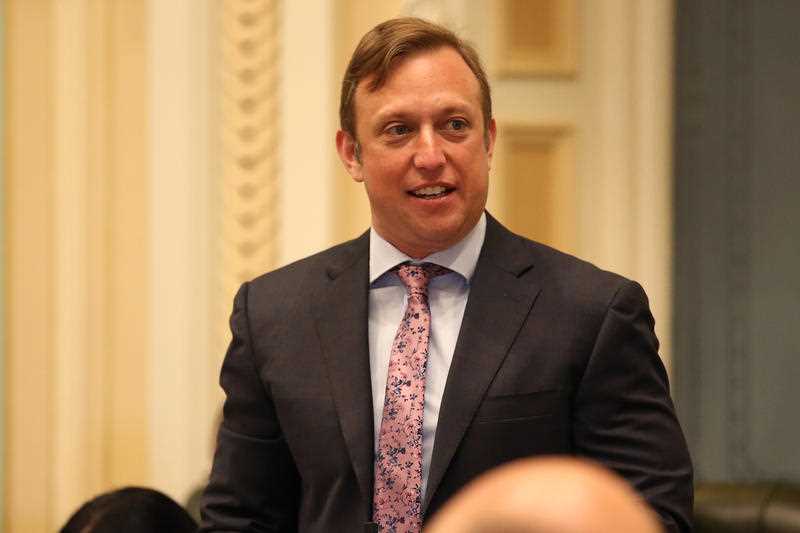
Announcing the draft plan, Deputy Premier Steven Miles said Southeast Queensland’s 12 local government areas would be required to adjust their planning schemes to help deliver a mix of homes to offer more choice to communities.
“We cannot only rely on traditional models and new greenfield development as the answer for housing choice and affordability given what we know about people’s preferences,” he said.
“This plan helps put in place a framework that councils can use to deliver more homes over the coming decade.
“It means more opportunities for young people and future generations to buy their first home, workers to live closer to their jobs, and older Queenslanders looking to downsize but stay within a connected community.
“This plan doesn’t mean growth everywhere – it plans for growth in the suburbs that can cater for growth.
“Infrastructure is a key piece of the puzzle to support housing growth, so we’ve aligned this plan with an infrastructure supplement to ensure we get it right.”
Cr Stewart said Noosa Council was disappointed with the way the state developed the draft regional plan.
“These unrealistic population projections and potential changes to our height restrictions bring with them immense development pressures that threaten to overwhelm our infrastructure, including our roads and services. They also pose a significant threat to the unique way of life and natural environment that make Noosa unique.
“It’s our view that there’s been a distinct lack of genuine collaboration, and they’ve disregarded the voices of individual local governments.
“Local councils are best positioned to understand the individual needs and capacities of their communities and yet our voices haven’t been heard in this process.
“There’s barely anything of significance for Noosa in the state’s draft regional infrastructure plan, despite the population increase they’re expecting us to accommodate in a short period.
“The state has shifted the burden of accommodating another 2.16 million people in Southeast Queensland over the next 20 years back on to the local councils.”
Cr Jamieson said getting public transport infrastructure in place was critical to the Sunshine Coast being able to accommodate the predicted population growth.
Related story: ‘Big Build’ transport projects in focus: funding debated
“We’ve got a job to do in terms of continuing to advocate for our region,” he said.
“It’s worth noting that the mayors of Southeast Queensland identified this problem in 2014 and that was why we initiated the bid for the Olympic and Paralympic Games, to be a catalyst for investment in critical infrastructure. So, that’s nine years ago. In nine years’ time, the Games will be on, so it shows you how important timing is.
“There is a lot of growth going on in places like Logan, Ipswich and Moreton Bay, much larger than the Sunshine Coast. But with 550,000 people here over the next 20-odd years, you know, there’s no second chances. We’ve got to get that critical public transport infrastructure in place.”
The plan also recognises the need for more social and affordable housing to be provided in the future and sets a new target of 20 per cent for the Southeast Queensland region.
“Ultimately, the government has got to be held to account for those measures,” Cr Jamieson said.
“But when I consider the job that the state government hasn’t done in terms of providing social housing – if we had 4 per cent social housing on the Sunshine Coast, we’d have considerably more houses. We’ve only got 2 per cent social housing. The state average is 4 per cent.
“So I’ll be continuing to press that point at state government and opposition level to say, ‘Well, what are you guys doing about that? How will it be different under the opposition? How will Sunshine Coast get to a point where it’s the same as everyone else in the state?’.”
Queenslanders are invited to have their say on the draft plan here. A final plan is due to be released by the end of the year.
Do you have an opinion to share? Submit a Letter to the Editor at Sunshine Coast News via news@sunshinecoastnews.com.au. You must include your name and suburb.


